1. Can you tell us about your background and what led you to work in quality and regulatory compliance?
Like so many others, as a child I too wanted to help other people when I grow up, so I planned to become a doctor. Gradually I realised, however, that human biology is somehow rather messy and sometimes arbitrary compared to the logic of physics and technology. I ended up combining the two areas of interest at the Helsinki University of Technology (nowadays Aalto University) and studied biomedical engineering graduating firstly from the master’s programme and then continued as a post-graduate until I received my licentiate’s degree.
It is easy to understand why helping people would motivate one to work with medical engineering, but the step towards regulatory and quality work is not as evident for everyone, I guess. I have always been quite obedient and meticulous, and I like writing, which is something you get to do a fair amount when working with documents. For the start of my career, I “fought” my natural tendencies, thinking I would become far too stringent if I let myself work with compliance and, therefore, I worked mainly within project management. After a few years of contemplation, I finally entered the world of quality assurance and regulatory affairs, and I am glad that I did. I have learned that when you do something that comes naturally to you, the work is much more enjoyable. Looking back, this should have been a no-brainer really!
2. What are your day-to-day responsibilities and how does this fit into GlucoModicum as a whole?
I cannot say that I have many routines in my daily work. The team may discover an issue, or someone has a new idea, and I need to investigate how we should handle the situation to ensure we work in a compliant manner. On the other hand, I have continuous projects for example improving the way we work, which often take several days or even weeks to complete. Training the team in quality and regulatory topics is also part of my responsibilities, and this goes beyond setting up lectures. I view any encounter with a colleague as a potential opportunity to pass on knowledge about why standards and regulations are required. In an expert organization like ours, people usually find it easier to follow the rules when they understand the reasoning behind them. Naturally, I too have had to dive into new areas and have used many hours learning about new areas of regulations or about the science behind our technology.
3. How would you describe working at GlucoModicum?
We have a very competent team of experts in diverse fields, and it is a fun and multicultural team. In a small company, achieving goals is less about sticking to one’s own job and more about helping each other and continuously keeping an eye out for improvement ideas. I think we at GlucoModicum have been successful and lucky in that aspect, and there is a general atmosphere of being both supportive and ambitious at the same time.
4. Why is quality so integral to everything GlucoModicum does?
Well, the CE mark in Europe is a sign to the patient or healthcare provider that they do not need to worry about device safety or performance as they can trust the manufacturer and the authorities to have considered those already. Therefore, compliance is often a key marketing tool. Also, implementing quality management usually means implementing best practices and ensuring consistency in what we do. Quality only becomes additional labour and confusing documentation if it is not integrated into everyday work. When it is properly done, it becomes a by-product of the operations that are the true core of the company, like R&D and manufacturing.
5. Thanks to your role, you get a unique insight into the regulatory landscape. What obstacles do you think GlucoModicum faces and how is the company prepared for them?
Regulations are not static and evolve continuously, usually towards the more stringent and restrictive direction. Local changes, like what happened with Brexit, can also introduce new requirements. At the same time, since GlucoModicum does not have to work on upgrading an existing product portfolio, we have been able to be proactive and focus on developing the best first product, parallel to monitoring the latest changes in Europe. We also partner up with companies and organizations who have vast experience in regulations in different regions, that way there are always many people providing input and monitoring the potential changes that we must prepare for.
6. You recently received ISO certification. What is the significance of this for GlucoModicum?
As an acknowledgement and as a signal towards different stake holders, the ISO 13485 quality management system certificate is highly important evidence that we work in a compliant manner. The certification process was a very pleasant experience because we could easily pull up any document that the Lead auditor requested to see. Anyone can write down nice sentences to form processes, but successfully going through a certification requires that said processes are used, thus producing the evidence of compliance along the way. For the team internally, receiving the certificate does not really change things. We have been working to our best capability according to ISO 13485 and will continue to do so in future.
7. What do you think are the key milestones for GlucoModicum in the next 5 years?
Naturally, achieving the CE mark for GlucoModicum’s first needle-free glucose monitoring device will be a key milestone, with FDA’s market approval being equally important shortly after that. Market approvals are, however, just the first steps which must be followed by getting into reimbursement programmes in different regions. There are certainly some exciting times ahead for us at GlucoModicum.




